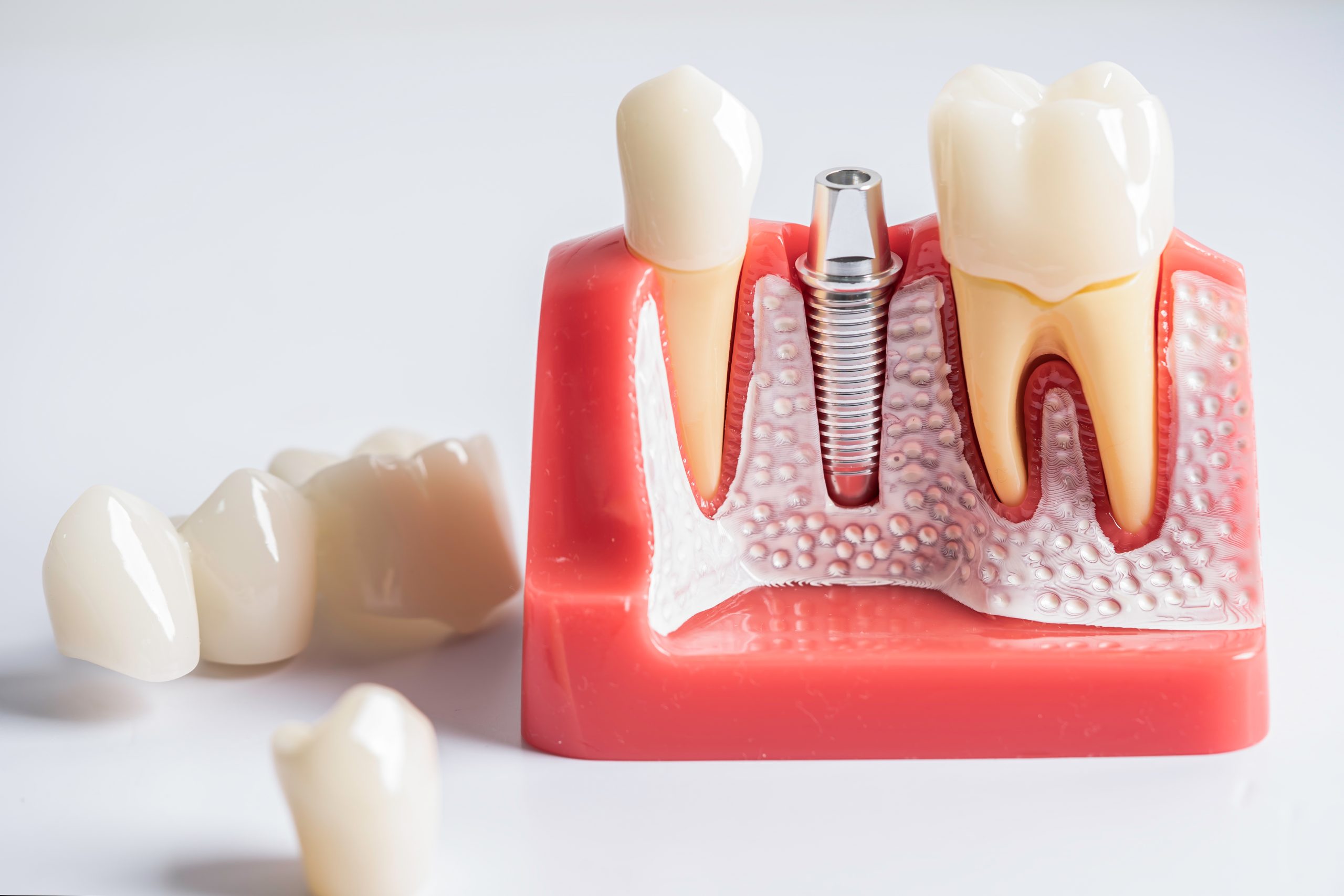Will Gums Grow Back After Periodontitis?
Do gums grow back after periodontitis? Our Palm Beach Gardens dentists explain gum recession and the advanced treatments, like gum grafts, that can restore your smile.
Jul 31, 2025
The Anxious Question: "Will My Gums Ever Grow Back?"
It’s one of the most common questions we hear at our Palm Beach Gardens practice. If you've battled periodontitis, the sight of receding gums can be a constant, concerning reminder of the disease. You’re worried about your health, and you’re self-conscious about your smile.
You deserve a clear, honest answer. In this post, we'll explain exactly why gums recede, answer the "growth" question directly, and explore the highly effective modern treatments we use to restore a healthy, beautiful gumline.
From Recession to Restoration: Your Guide to Gum Health
Why Gums Recede: The Link to Periodontitis
Gum recession isn't a single event; it's the final stage of a process, usually periodontitis. Here's how it happens:
Plaque Buildup: A sticky film of bacteria irritates the gums, causing the initial stage of gum disease, gingivitis.
Infection Deepens: Left untreated, the infection creates pockets between your teeth and gums.
Tissue is destroyed: The infection begins to destroy the underlying bone and connective tissues that anchor your teeth.
Recession Occurs: As this support structure is lost, the gum tissue pulls back, or "recedes," exposing the sensitive roots of your teeth.
The Honest Answer: Can Gums Regrow Naturally?
The direct answer is no. Gum tissue, once lost to periodontitis, does not regenerate on its own because the complex structures destroyed by the infection cannot naturally repair themselves.
However, and this is the most critical part, that is not the end of the story. While natural regrowth isn't possible, we offer highly effective surgical techniques to restore your gumline, cover exposed roots, and help you achieve a healthy, confident smile.
How We Restore Your Gumline: Advanced Treatments
Our approach is twofold: first, stop the disease, and second, repair the damage.
Step 1: Control the Infection. Before we rebuild, we must create a healthy foundation. This process begins with deep-cleaning procedures, such as scaling and root planing, to remove hardened plaque and bacteria from deep within the gum pockets.
Step 2: Rebuild the Gumline. Once the infection is controlled, we can surgically address the recession. A soft tissue graft (gum graft) is the gold standard treatment. Our specialists take a small piece of tissue and precisely place it to cover the exposed tooth roots, seamlessly restoring gum height. In cases of significant bone loss, a bone graft may also be necessary to rebuild support for the teeth.
Protecting Your Restored Smile
After treatment, maintaining excellent oral hygiene is non-negotiable. Consistent brushing, daily flossing, and regular professional check-ups at our Palm Beach Gardens office are essential for preventing the recurrence of gum disease and protecting the results of your treatment.
Your Next Step to a Healthy Smile in Palm Beach Gardens
While it’s true that gums don't grow back on their own, you absolutely do not have to live with the effects of gum recession. Modern dentistry offers real, predictable solutions. At Gardens Implant and Cosmetic Dentistry, our team has the specialty training and advanced techniques to halt periodontitis and artfully restore what was lost.
If you are concerned about receding gums, let's talk about a solution.
Blog






